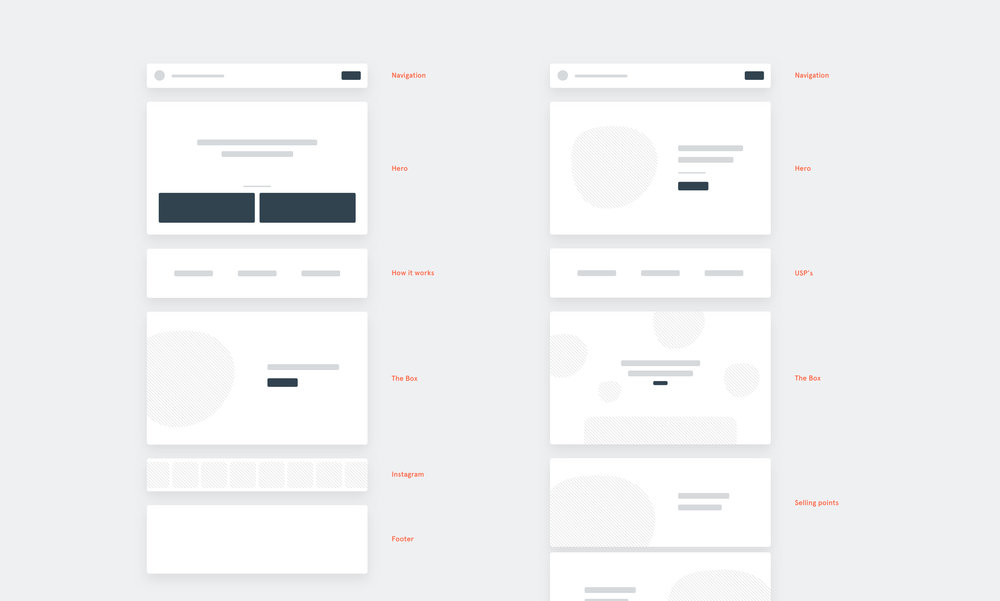A user centred approach to information architecture

Information architecture (IA) doesn't always get the attention it deserves during the digital design process.
However, it shouldn’t be neglected because it allows people to understand their surroundings and find what they’re looking for easily, so that an overall user experience is enhanced. When ignored, the design, development and content of a website can all suffer.
At Maido, we take a human—centred approach to IA design, using our design thinking techniques to ensure we fully understand the needs of users and can translate them into a coherent online structure.
What is IA and why does it matter?
Information architectures provide the structural backbone of any digital platform. IA design is the science of organising, structuring and categorising information for a digital platform so that it is clear and accessible for users.
Getting your IA right is so important because it establishes the key building blocks of your customer experience. After all, if users visiting your platform to complete a task can do so easily because of how information is structured, you’ll be going a long way to ensuring their experience is a good one.

Giving your IA sufficient importance in the design of your platform will not just benefit the end user either. It will help your designers, developers and content specialists to collaborate effectively and work efficiently.
Our human—centred approach
At Maido, we think it’s vitally important that an IA is human—centred and not driven by tech or just objectively categorised by themes. Content strategy and your technology choices certainly have a role to play, but it’s important that information is designed to have hierarchy, value and relevance to the audience from the start.
We start our IA work by understanding what information is valuable to the audience and why. This involves finding out what information, content and data already exist as well as planning what will be created in the future. Throughout this process, we are assessing why this content exists and for whom because understanding the context of information is a crucial part of structuring it in a clear and consistent way.
This research stage can take time and requires a number of different IA prototypes to be drafted, tested and iterated. A range of design thinking techniques are useful for drawing out insights at this point, the first of which is persona archetypes. These allow us to anchor all of our decisions about information architecture in the context of the main user groups and their requirements of the platform.
Understanding the human context
For larger, more complex projects, we may also undertake ethnographic research to observe specific user behaviours and understand how their needs will define their online interactions. This could involve engaging with focus groups to test any assumptions or decisions we make about information architecture, rather than just relying on persona archetypes.

We’ll also run collaborative workshops with key individuals, or possibly entire departmental teams, to understand the internal dynamics of a business. This allows us to familiarise ourselves with the operational levers of a business, as well as letting our clients work closely with our multidisciplinary team of designers, developers and project managers.
As these layers of knowledge are built up, the specifics of how information will be structured and categorised become easier to envisage and construct. We’ll use a range of tools to organise information, including card sorting, to arrange buckets of content so they match the desired customer experience.
In terms of IA outputs, there are various assets that can communicate a platform’s structure, depending on how complex it is. An early concept model might demonstrate how users and data will flow around the site. However, the most common output is a sitemap, which outlines key sections and pages, and can be merged with wireframes to provide a working prototype of a digital platform.
If you need help to plan, organise and design the information architecture of your website or digital platform, contact us to find out more.